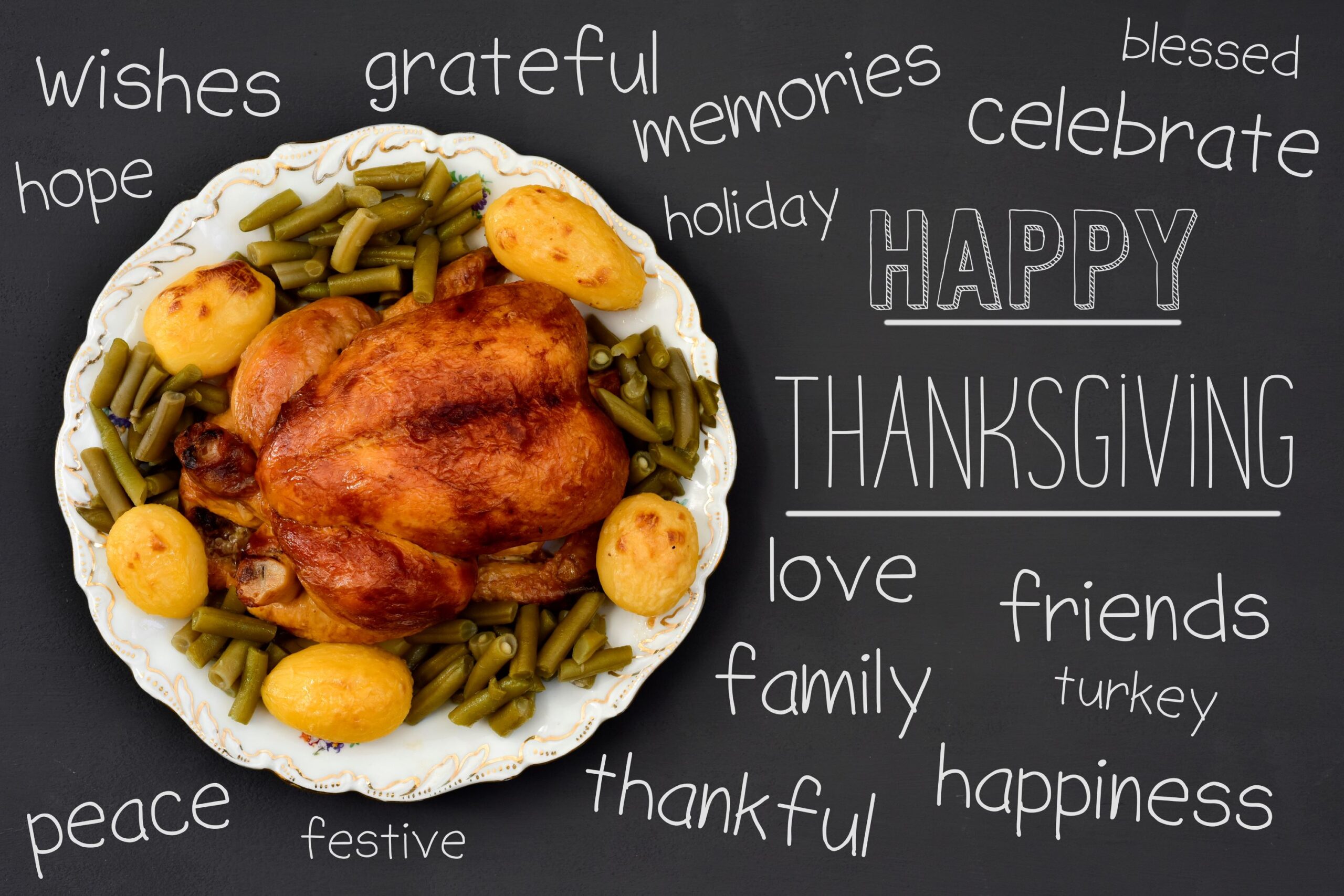Most people go to family gatherings to celebrate and don’t put much thought into what they will be eating, but foodborne illness can put a quick end to Thanksgiving festivities, however, that need not be the case, according to food safety experts.
Homemade holiday meals are typically delicious, but cooks need to ensure that these tasty meals are germ-free, and the knowledge of how to do this is within the grasp of rookies and experienced chefs as well.
Food safety starts at the beginning when you are at the grocery store picking out the ingredients and ends after cleaning up. Some people like to use the phrase “Clean, Separate, Cook, and Chill” to help them remember some important food safety steps such as making sure that foods are washed thoroughly and that food is cooked properly before you consume them, and stored accordingly if you are saving leftovers.
If you are foraging for meal ingredients, take care when encountering animals and the environment shared between us, especially when it comes to food and water. Make sure that foods are washed thoroughly and that the foraged food that you have found is cooked thoroughly before you consume them. When you are picking food in areas that animals inhabit it may be a good idea to wear protection like gloves and long sleeves which can help to keep unwanted contaminants off your skin and also provide some protection against bites.
Just because you may get your food from a grocery store does not mean that you are safe either. Sometimes raw fruits and vegetables can contain harmful germs that can make you sick, like Listeria, E. coli, and Salmonella. Thus it is important that you thoroughly wash raw fruits and vegetables under running water before you eat them, even if you do not plan to eat the peel.
It is also important to keep raw meats, poultry, and seafood away from your fruits and vegetables. Cross-contamination can happen fairly easily, be wary of this while preparing and storing food. Some foods need to be kept chilled, if you are not sure, look it up. Raw or undercooked poultry and meat can also make you sick, make sure that you are cooking your food adequately.
“Bacteria can grow quickly at temperatures ranging from 40 to 140 degrees Fahrenheit,” said Brian Ulshafer, executive chef at Penn State Health’s Milton S. Hershey Medical Center. “Bacteria can double in a 20-minute period, so that’s how fast it can grow,” Ulshafer said. He noted that people can get very sick or even die from foodborne illnesses. Roughly 1 in 6 Americans get such infections each year, according to the U.S. Centers for Disease Control and Prevention.
Perhaps most importantly, wash your hands before and after everything; this also applies to utensils, cutting boards, countertops, and so on. Remembering to properly clean, separate, cook, and chill your food can help protect you and your loved ones from the most unfortunate and unwanted outcomes.
Sometimes the warning signs of foodborne illness can be confused with those of a stomach virus, and they can range from mild to severe. The symptoms may include but are not limited to belly pain, nausea, vomiting, diarrhea, fever, chills, fatigue, headaches, muscle pain, and bloody bowel movements. It is important that anyone experiencing severe or prolonged symptoms seek medical attention.
There is one exception to the wash-everything rule: rinsing off raw poultry could inadvertently splash bacteria around the kitchen. To prevent contamination, open poultry in the sink, allow the juices to drain, then transfer it into a nearby roasting pan, and then rewash the sink.
Frozen poultry should be thawed in the refrigerator, in cold water. To do this you should allow a day for every 4-5 pounds of poultry, and once thawed it should be cooked within two days. To thaw more quickly you can place it in the sink with cold water, replacing the water every 30 minutes. This takes about 30 minutes for every pound of poultry, and once thawed it should be cooked immediately.
Even when all safety precautions are taken and a turkey looks golden and delicious on the outside, use a food thermometer to confirm that it has reached an internal temperature of 165 degrees Fahrenheit in the thickest part of the breast, wing and thigh.
Stuffing or casseroles that contain eggs or milk should reach at least 165 degrees F.
As for Thanksgiving leftovers, be sure they’re packaged and refrigerated within two hours of being served. Otherwise, throw it away. Using small, shallow containers can help dishes cool down quickly to prevent the growth of bacteria. Leftovers can be kept in the refrigerator for up to four days or put in the freezer.
Also, don’t pack your refrigerator with too much food. Air circulation is needed to ensure that foods remain below 40 degrees Fahrenheit. Ulshafer recommended limiting groceries to essential items leading up to the holidays to save kitchen and refrigerator space.
In addition to the food safety tips, we would also like to take this opportunity to invite you to engage in our new interactive forum to read or participate in an open, honest, and uncensored discussion that is open to all people to share information and opinions in an honest, non-commercial, and unbiased arena. You can visit the free interactive forum at: https://forum.worldhealth.net/ or by clicking on the word “Forum” on the main page. On a mobile device, you may need to click on the drop-down from the top left-hand side to click on the word “Forum”.




